Liquid Extraction
Basic steps and principles of operation
Liquid extraction is the process of extracting target substances from raw materials of plant or animal origin using specific solvents. This method is widely used in various industries such as pharmaceuticals, food and chemical industry.
Pretreatment of Raw Materials
The raw material is cleaned of foreign insoluble inclusions, ground or crushed to an optimum fraction to increase the interaction surface between the solid and the extraction liquid.
Read More Extraction
The crushed raw material is placed in the extractor, where it is in dynamic contact with the extracting liquid and gives the target substances into solution.
Read More Separation
The resulting solution is separated from the undissolved
from the undissolved solid residue of the raw material. This is accomplished by
filtration, centrifugation or sedimentation,
resulting in
resulting in a liquid extract.
Read More from the undissolved solid residue of the raw material. This is accomplished by
filtration, centrifugation or sedimentation,
resulting in
resulting in a liquid extract.
Cleaning
If required, the resulting solution may be further purified, for example by distillation or extraction with other solvents.
Read More Concentration or
Thickening
Thickening
The resulting solution can be concentrated by solvent removal or evaporation.
Read More Drying
The thick extract, depending on the product technology, is freeze-dried in lyophilic plants in vacuum at negative temperatures or dried in spray dryers under heating, in a stream of warm air, which allows to further concentrate the content of active substances in the volume and increase the shelf life of the extract.
Read More Liquid-liquid extraction is a complex and multi-stage process to extract useful components from various types of raw materials. The choice of methods and parameters at each stage depends on the characteristics of the raw materials, the target components and the requirements of the final product. Due to its flexibility and efficiency, this approach is used in a wide range of industries to obtain a high quality product.
1. Pretreatment of Raw Materials
The raw materials are pre-treated before the extraction process begins. This is necessary to facilitate subsequent steps and improve the efficiency of the process. Pretreatment may include cleaning, sorting, crushing, grinding, shredding, sieving or other means of preparing the raw material. In this way, the contact surface with the solvent is increased, allowing for more efficient extraction of the target components.
2. Extraction
At this stage, the raw material is mixed with a solvent, which is selected according to the chemical structure and properties of the extracted components. Extraction can take place at different temperatures and pressures, depending on the characteristics of the raw material and the requirements for the final product. The result is an extract containing the target components.
3. Separation
After extraction, the resulting extract is subjected to separation. The purpose of this step is to separate the solvent from the solid phase to produce a suspension or emulsion. The separation can be carried out by filtration, centrifugation, precipitation or other methods, depending on the characteristics of the mixture and the purity requirements of the final product.
4. Cleaning
In the purification step, unwanted impurities and contaminants such as insoluble particles, organic and inorganic compounds are removed from the suspension or emulsion. Purification may be accomplished by clarification, filtration, coagulation, precipitation, or other methods. The choice of purification method depends on the characteristics of the mixture and the quality requirements of the final product.
5. Concentration
After purification, the mixture is concentrated to increase the content of the target components and reduce the volume of solvent. Concentration methods may include evaporation, distillation, ultrafiltration, osmotic concentration, etc. The choice of a particular method depends on the properties of the solvent and target components, as well as the requirements of the final product.
6. Drying
The final step of liquid extraction is drying of the concentrated product. Drying can be carried out by various methods, including spray drying, vacuum drying, fluidization drying, etc. The choice of drying method depends on the physicochemical properties of the target components and the requirements for the shape of the final product. Drying results in dry powder or granules containing extracted target components.

